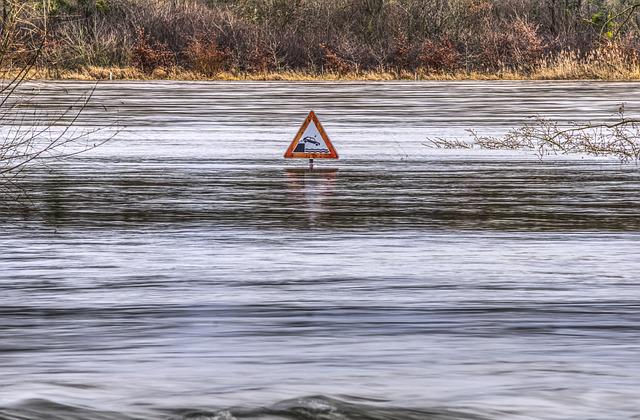It seems counterintuitive to be concerned about flooding almost anywhere in California since we live in the longest drought period in recorded history. However, as you may have noticed, drought does not mean rain. It simply means less rain than usual for the region and historical data. Therefore, flooding does continue to occur and can be greatly problematic. Also, because of the changing world climate, we often experience less rain overall, but when it does rain, it is more intense and for a longer period. Therefore, we may see flash flooding, which overwhelms the existing drainage systems and treatment plants.

Flooding in a Drought Period
In the past, engineers mistakenly tried to “tame” nature and adjust it to our public works needs, but we have seen throughout the centuries that this is not the best approach. Also, as eco-friendly professionals, I believe we need to “work” with maturity and our environment rather than demonstrate our technical prowess by creating something artificial. A case in point is always channeling water into pipes underground. This is often the best and only approach in an urban setting. However, we erroneously start by completely changing the natural landscaping, resulting in more runoff.
I wondered about one of the first formulas in college and my first job Q=CIA. “Q” is the amount of runoff in any given area expressed in cubic feet per second (CFS;) “C” is the coefficient of runoff, which means the amount of water that drains off a site; “I” represents the rain intensity, which is a constant based on historical rainfall amounts; and “A” is the area in square feet of the subject site. So, when calculating the amount of runoff we expect in a storm, the diving variable is “C.” The area (A) does not change unless we re-grade the site and deviate elsewhere. “I” is simply the amount of rainfall we cannot currently control. Therefore, “C” is the controlling factor. And how can we change this? Pavement, for example, can have a “C” value of 0.9 because most of the water that falls on the pavement (close to 90%) will drain and need to be collected. Compare that to the soil, which can be as low as 0.1 or 0.2, and you get an idea of how important “C” is. Therefore, the runoff is much lower if you use permeable materials, rain gardens, and roof gardens. This simple design option can eliminate flooding in some cases and always reduces the amount of drainage we have to deal with. In other words, we can minimize the number of piping drainage inlets and reduce the runoff treated at various plants across the City.
The City and other municipalities nationwide and worldwide are trying hard to address flooding by minimizing excess drainage, which can be accomplished by rethinking how we undertake the civil design. At Sustainable Civil Engineering, we always try to minimize the impact on the natural environment when designing the built environment. We have learned this from historical data, practical experience, and addressing the need for economic viability. Sustainability does not mean being more expensive. It just means that we are more creative.
